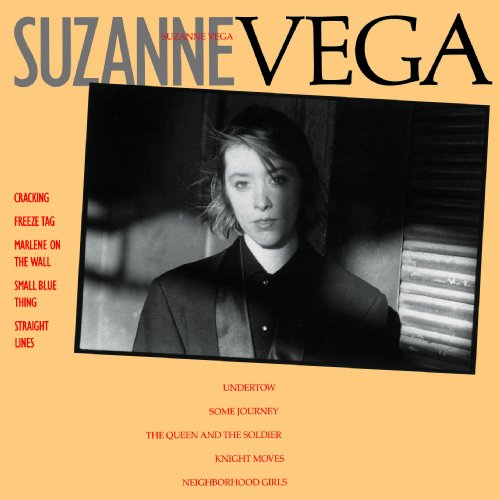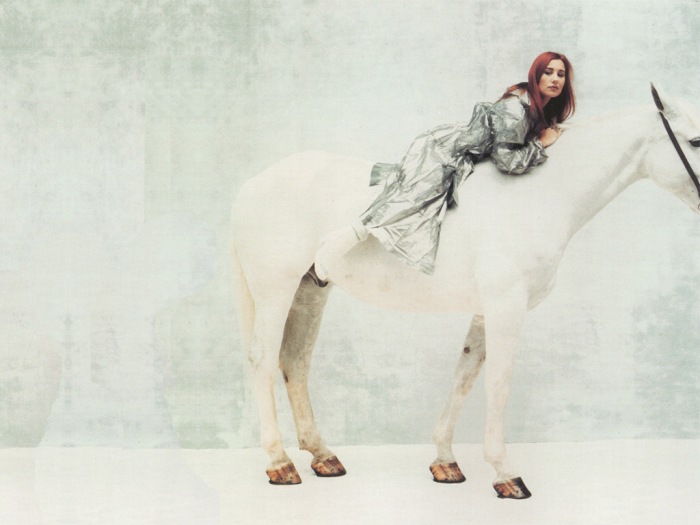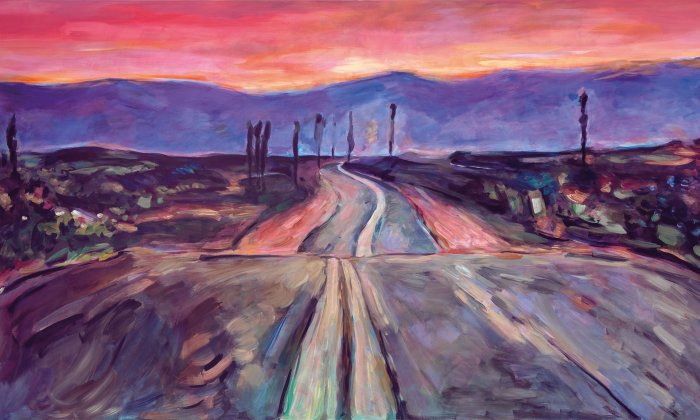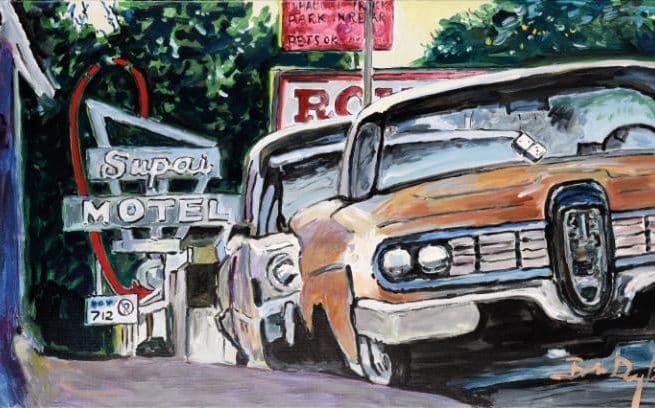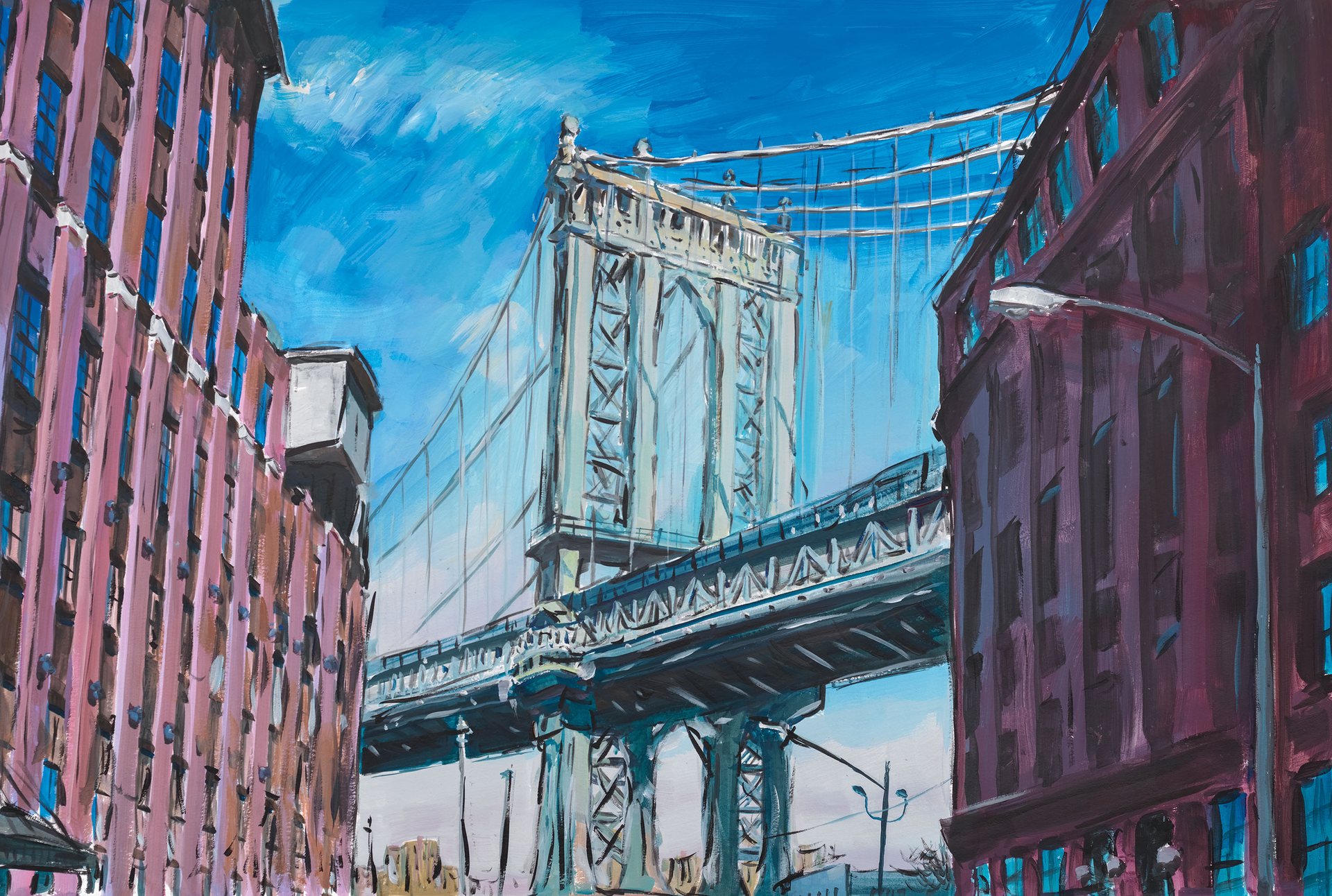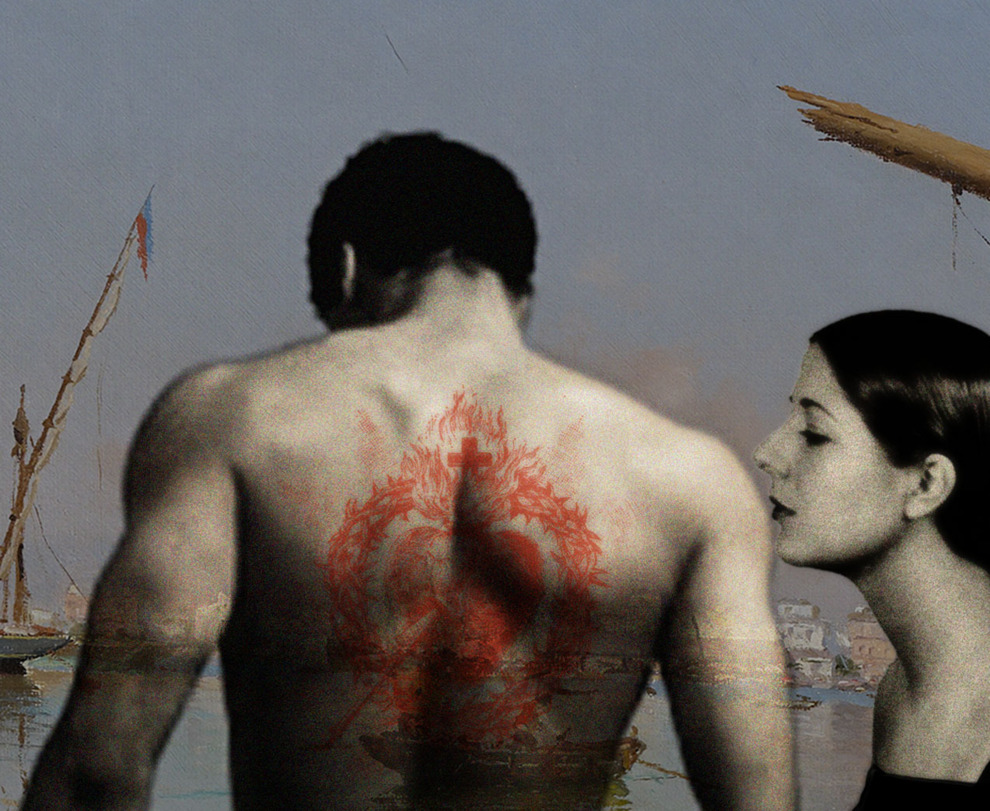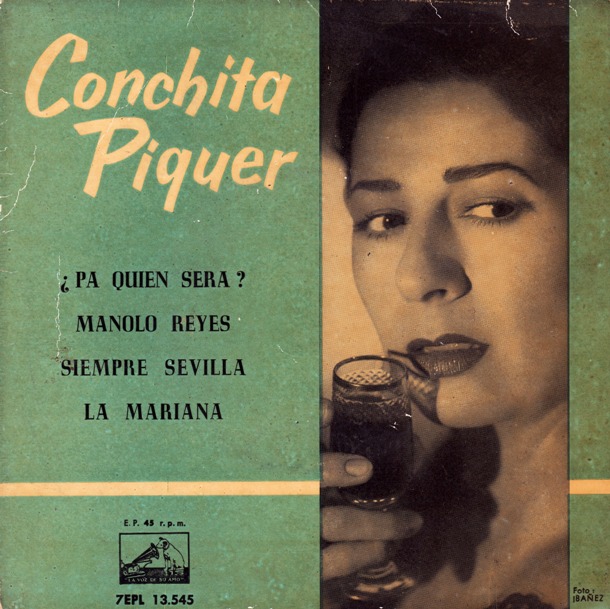Buscando otra cosa he encontrado casualmente este concierto de Suzanne Vega en el NPR Music Tiny Desk (Pequeño Escritorio de Musica NPR), que creo merece la pena ver y escuchar:
Creo que fue en 1987 cuando descubrí a Suzanne Vega mientras escuchaba la radio en casa, cuando trabajaba en Barcelona. Recuerdo que fue una magnífica canción de su primer álbum, el LP “Suzanne Vega” (1985), la que llamó mi atención causándome un gran impacto. La canción se llamaba “Straight Lines (Líneas Rectas)”. Al día siguiente fui a una tienda de discos (supongo que la mítica Discos Castelló en la calle Tallers) para comprar el LP en el que “Straight Lines” estaba incluido.
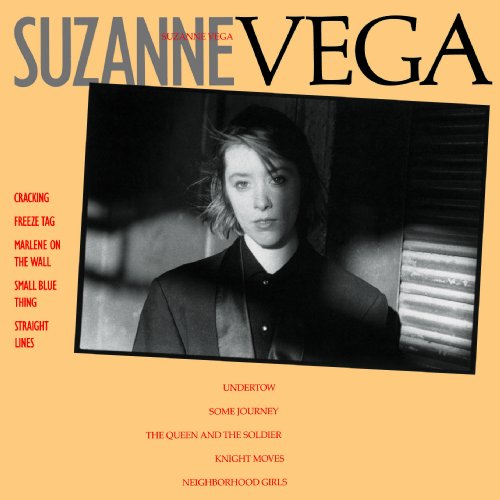
No pude encontrarlo. Compré su segundo álbum en su lugar, que incluía su gran éxito “Luka”, ese que asiduamente acaparaba las ondas de la radio en aquél momento. Tuve que esperar hasta la siguiente vez que volví a Madrid para visitar Discoplay y obtener por fin su primer álbum lanzado como “Suzanne Vega”. Así es como me las arreglé para añadir a mi colección el LP que contenía “Straight Lines” en sus surcos.

Sin embargo, la mejor canción de ella en mi opinión, la que más me gustó siempre, resultó ser una llamada “Gypsy”, de su segundo álbum, “Solitude Standing”, que yo había comprado en primer lugar. Se trata de una hermosa canción sobre un primer romance, su primera aventura veraniega, acerca de un marinero que conoció cuando tenía 18 años, el cual tuvo que regresar a Liverpool mientras ella emprendía el camino de vuelta a casa, en Nueva York. Fue lanzado como single en 1986 precediendo a su segundo álbum “Solitude Standing”, en el que estaba incluido.
Gypsy
You come from far away
With pictures in your eyes
Of coffeeshops and morning streets
In the blue and silent sunrise
But night is the cathedral
Where we recognized the sign
We strangers know each other now
As part of the whole design
Refrain: Oh, hold me like a baby
That will not fall asleep
Curl me up inside you
And let me hear you through the heat
Ohh ohh ohh ohhhh ohhh ohhh oh oh
You are the jester of this courtyard
With a smile like a girl’s
Distracted by the women
With the dimples and the curls
By the pretty and the mischievous
By the timid and the blessed
By the blowing skirts of ladies
Who promise to gather you to their breast
Oh, hold me like a baby… (Refrain)
You have hands of raining water
And that earring in your ear
The wisdom on your face
Denies the number of your years
With the fingers of the potter
And the laughing tale of the fool
The arranger of disorder
With your strange and simple rules
Yes now I’ve met me another spinner
Of strange and gauzy threads
With a long and slender body
And a bump upon the head
Oh, hold me like a baby… (Refrain)
With a long and slender body
And the sweetest softest hands
And we’ll blow away forever soon
And go on to different lands
And please do not ever look for me
But with me you will stay
And you will hear yourself in song
Blowing by one day,
But now, hold me like a baby… (Refrain)
Composer: SUZANNE VEGA
© Warner/Chappell Music, Inc.

Vienes de muy lejos
Con imágenes en tus ojos
De cafeterías y calles matinales
En el amanecer azul y silencioso
Pero la noche es la catedral
Donde reconocemos las señales
Y nosotros los desconocidos, nos conocemos ahora
Como parte del diseño cósmico
Eres el bufón de esta corte
Con esa sonrisa como la de una niña
Entretenido por las mujeres
Con tus hoyuelos y tus rizos
Por las lindas y traviesas
Por las tímidas y las bienaventuradas
Por las faldas al vuelo de las damas
Que prometen acogerte en su pecho.
Oh, abrázame como a un bebé… (Estribillo)

Esta vez vamos a hacer un concurso, ya que voy a proporcionar otra versión de la misma canción, una versión en vivo, interpretada en el Círculo de Compositores, acompañada por el aclamado guitarrista británico Richard Thompson, que tocó con Bob Dylan en Sevilla en el Festival “Leyendas de la Guitarra” en 1991. Tendréis que elegir la versión que más os guste entre estas dos, la versión oficial ofrecida arriba en el video de lanzamiento y la del Círculo de Compositores que incluiré a continuación. Voy a rifar un Cd-R con una grabación de ella en directo, o un DVD, entre aquellos de vosotros cuya elección se convierta en la más votada de las dos versiones.

El procedimiento para la rifa será el siguiente: Por favor, dejad un comentario manifestando vuestro deseo de participar y a continuación contactadme en privado con un mensaje incluyendo vuestro voto; # 1 para la versión oficial del video anterior y # 2 para la versión del Circulo de Compositores (Songwriters Circle). Recordad que vuestra elección debe permanecer oculta para el resto, excepto yo mismo, hasta que el juego finalice. Voy a asignar números por orden de intervención a cada uno de los participantes cuya elección sea la versión más votada, de acuerdo con el orden en que sus comentarios aparecen en mi blog. El ganador será aquel cuyo número coincida con un número en particular obtenido usando un sistema verificable de aleatorización predeterminada a través de un generador de secuencias aleatorias de la página random.org en la fecha en que mi post alcance los 45 visitantes. A ver cómo funciona. Aquí tenéis la versión del Círculo de Compositores:
Tuve la suerte de verla una vez en Bergen, Noruega, ya que fue telonera del concierto de Dylan al que asistí allí en 2011. Estuvo brillante. Por supuesto que hizo “Gypsy”, en una actuación conmovedora. Un acto de apertura muy digno para el viejo trovador que ofreció un espléndido concierto en el que el sol acabó iluminando el escenario antes del anochecer para hundirse más allá del horizonte tras una tarde lluviosa.
El Coleccionista Hipnótico
